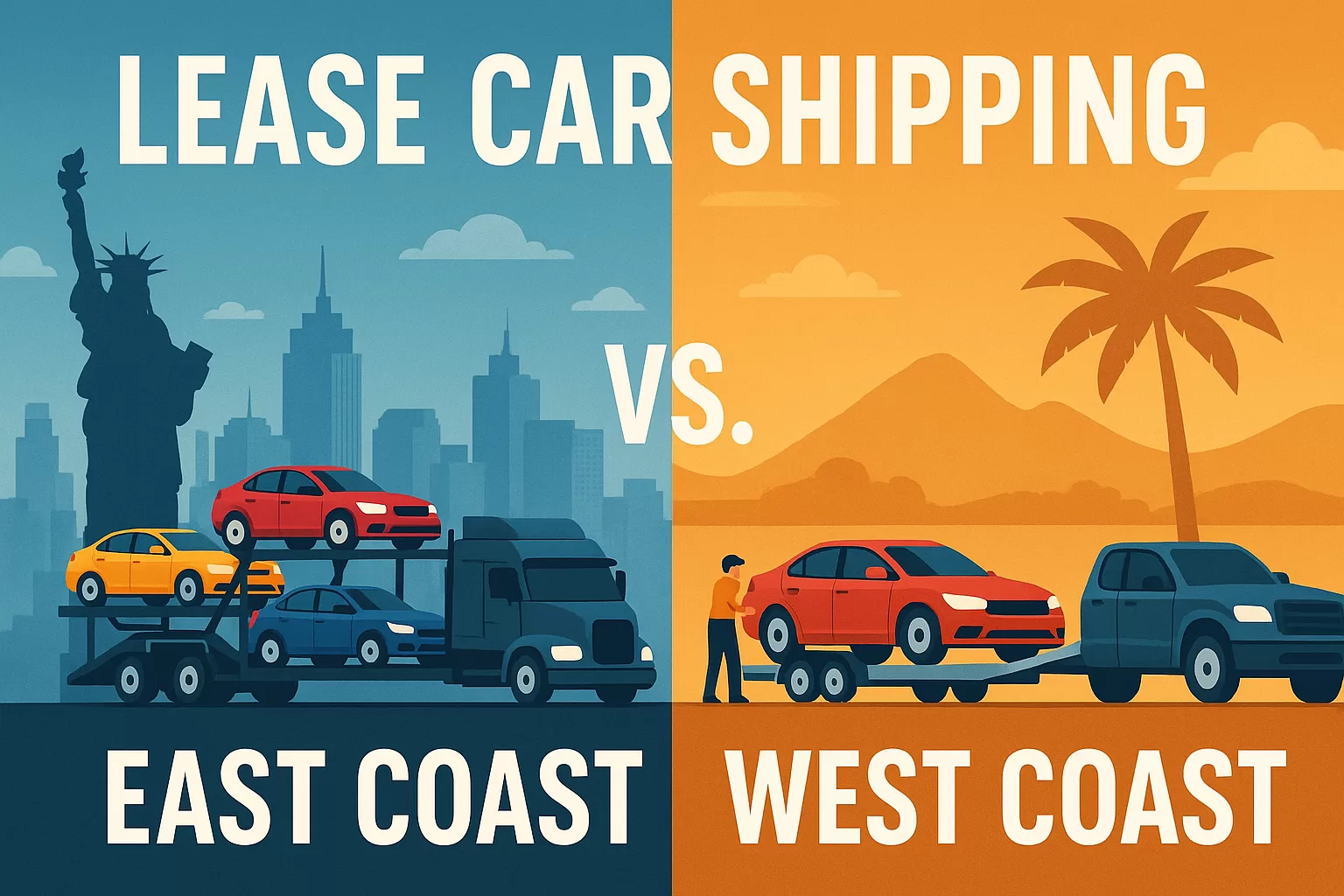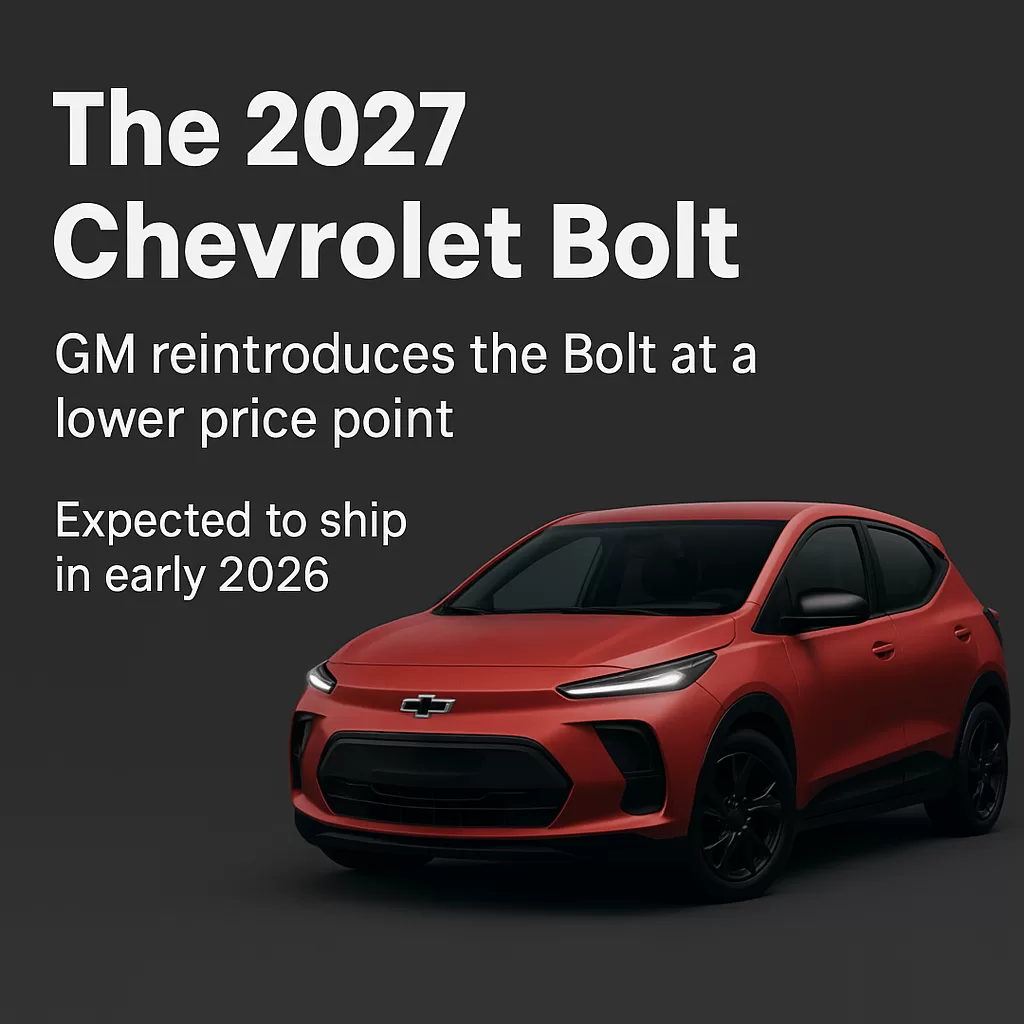This article explores these differences, backed by real data and transportation industry insights, to help dealerships, fleet managers, and lessees better understand the nuances of vehicle transportation logistics across U.S. coasts.
Understanding Lease Car Shipping in the U.S.
What is Lease Car Shipping?
Lease car shipping refers to the transportation of leased vehicles—either new or end-of-term—from manufacturers, ports, auctions, or dealerships to customers or other locations. It involves:
- Open or enclosed car carriers
- Terminal-to-terminal or door-to-door service
- Shipping coordination with manufacturers, leasing agencies, and customers
This service is especially common when:
- A lessee moves from one state to another
- A dealership sources vehicles from out-of-state
- A lease return is scheduled to a centralized inspection hub
According to the American Trucking Associations (ATA), more than 90% of all leased vehicles are moved using ground transport (open carrier), and vehicle logistics accounts for up to 15% of the total lease fulfillment cost.
East Coast Lease Car Shipping: Strengths and Challenges
Key Geographic and Economic Factors
The East Coast is densely populated, with numerous major cities and extensive port infrastructure. States like New York, New Jersey, Virginia, and Florida play pivotal roles in vehicle logistics.
Pros:
- High port activity: East Coast ports (e.g., Port of Newark, Port of Savannah) handle a large share of imported cars.
- Shorter distances between cities: Makes terminal-to-terminal shipping more efficient.
- Large leasing markets: Especially in metropolitan areas like NYC, Boston, and Miami.
Challenges:
- Traffic congestion: Urban density leads to more delivery delays.
- Seasonal weather: Snow and hurricanes can impact Q1 and Q3 delivery timelines.
- Toll costs: Higher average toll expenses in Eastern corridors.
Statistics:
- Port of Baltimore handles 850,000 vehicles per year, making it a top U.S. Ro-Ro (roll-on/roll-off) vehicle port (U.S. Department of Transportation, 2024).
- Average delivery time for a leased car from port to dealership: 4–6 days within the Northeast.
- Average cost for shipping a leased sedan from New Jersey to Florida: $950–$1,100 (Central Dispatch, 2025).
West Coast Lease Car Shipping: Opportunities and Limitations
Key Geographic and Economic Factors
The West Coast features sprawling landscapes and major ports like Los Angeles, Long Beach, Oakland, and Seattle. It is also home to automaker hubs and EV manufacturers, making it central to the future of lease car shipping.
Pros:
- Modern port infrastructure: Especially supportive of EV and hybrid imports.
- Access to Asian markets: Key gateway for vehicles from Japan, South Korea, and China.
- Growth in tech-driven logistics: Use of real-time GPS and automated dispatching.
Challenges:
- Greater distances between major markets: Increases per-mile costs.
- Mountain terrain & wildfire risks: Affect route stability during summer and fall.
- Driver shortages in remote areas: Slows delivery to rural Western regions.
Statistics:
- Ports of LA and Long Beach account for over 35% of total U.S. auto imports (Pacific Maritime Association, 2025).
- Average delivery time from port to destination in-state (e.g., LA to San Francisco): 5–7 days.
- Average cost for shipping a leased SUV from California to Washington: $1,100–$1,300 (Montway Auto Transport, 2025).
Comparative Overview: East Coast vs. West Coast Lease Car Shipping
| Factor | East Coast | West Coast |
| Major Ports | Newark, Baltimore, Savannah | Los Angeles, Long Beach, Oakland |
| Average Intra-State Ship Time | 4–6 days | 5–7 days |
| Top Shipping Challenge | Congestion, Weather | Distance, Terrain, Wildfires |
| Import Source Dominance | European & Atlantic Trade | Asian Pacific Trade |
| Average Cost (per vehicle) | $950–$1,100 | $1,100–$1,300 |
| Most Common Carrier | Open car transport | Open car transport |
Trends Influencing Lease Car Shipping in 2025
EV-Specific Shipping Growth
The rise in EV leases is impacting logistics. Electric vehicles often require enclosed transport due to their high value and battery safety. Additionally, most EVs on the West Coast are sourced directly from nearby manufacturers, reducing transit time.
- West Coast EV Lease Penetration: 32% of new leases are EVs (J.D. Power, 2025).
- East Coast EV Lease Penetration: 18%, with growth expected as charging infrastructure expands.
Digital Logistics Platforms
Both coasts have seen major leasing companies adopt platforms like RunBuggy, Super Dispatch, and Central Dispatch to manage fleet shipping.
- GPS-based tracking has reduced missed delivery windows by 28% nationwide.
- API integration with leasing platforms allows real-time ETA sharing with customers.
Return Lease Hauling
End-of-term lease returns are now routinely shipped to centralized inspection hubs:
- East Coast hubs: Edison (NJ), Atlanta (GA), Jacksonville (FL)
- West Coast hubs: Riverside (CA), Portland (OR), Reno (NV)
Returns from customers in rural areas may be grouped in multi-vehicle shipments to maximize efficiency.
Best Practices for Lease Car Shipping Providers
1. Route Optimization
Using route planning software helps carriers avoid congested highways (e.g., I-95, I-5) and optimize for fuel and time efficiency.
2. Seasonal Planning
East Coast providers may need contingency planning for:
- Hurricane season (Aug–Oct)
- Winter storms (Jan–Mar)
West Coast providers should monitor:
- Wildfire risk zones (Aug–Nov)
- Mountain pass accessibility (e.g., Sierra Nevada in winter)
3. Transparent Communication with Lessees
Automated email/SMS updates help build trust with customers during vehicle transport. Many top leasing brands now provide:
- Real-time delivery tracking
- Condition photos before/after shipping
- Support for address changes during transit
Conclusion
Lease car shipping is a foundational service for dealerships and customers alike. Whether transporting new leases from ports or relocating end-of-term returns, understanding the regional nuances of the East Coast vs. West Coast landscape is critical for timely, cost-effective, and high-quality delivery.
While both coasts present unique challenges and opportunities, advancements in technology, growing EV demand, and modern port infrastructure continue to support a strong logistics environment for the U.S. leasing market.
For any questions regarding auto leasing in New York call us at (718) 313-0044 or check our Car Lease Deals Online
Sources and References
- U.S. Department of Transportation – Auto Import and Port Activity Reports 2025
- American Trucking Associations – Vehicle Logistics Trends Q1 2025
- Pacific Maritime Association – West Coast Trade & Port Statistics
- J.D. Power – 2025 Auto Lease and EV Adoption Insights
- Central Dispatch – Nationwide Shipping Cost Estimates 2025
- Montway Auto Transport – Lease Shipping Benchmarks and Costs
For any questions regarding auto leasing in New York call us at (718) 313-0044 or check our Car Lease Deals Online
***All images and text content presented on this website are created solely for educational purposes and are not intended to generate any commercial outcomes or financial gain.



